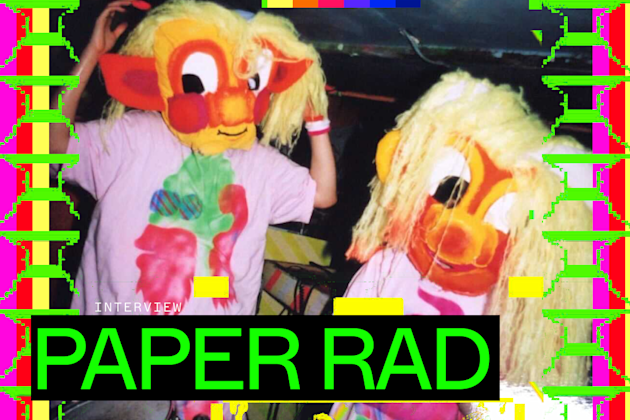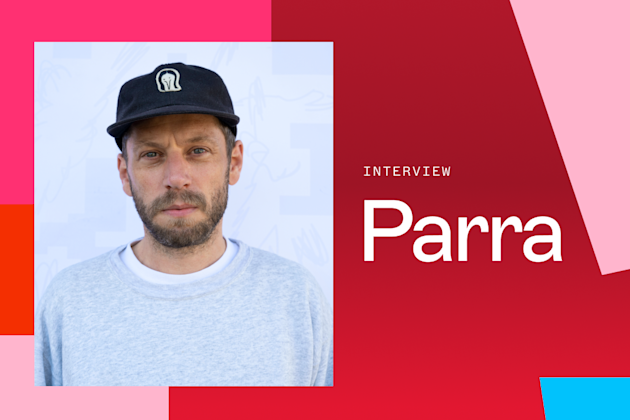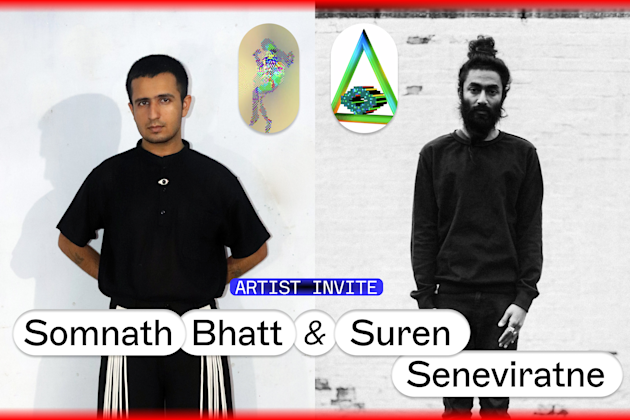Mondo on collecting as a way of life.

What’s your approach to collecting and how do you decide when to collect an NFT?
I have always been into collecting. From football playing cards, to the stickers inside of chewing gum wrappers, I’ve had a collector’s instinct since I was young.
My first important collectible was a Pahlavi gold coin, which I collected about 25 years ago. That helped establish my largest collection, which is all related to the Pahlavi era in Iran. I also have an interest in collecting stamps, sculptures, plates, pictures, and many other kinds of things. The first important artwork I collected was a painting of an Iranian Shah by Charles F. Ellis about 14 years ago.
With NFTs and other collectibles, I tend to want to own a piece when it captures my attention within the first few seconds of looking at it. I can also be pulled in if an artist is notable, if they have a strong exhibition history, or if the work is rare. Sometimes a connection can also be sparked based on a controversy over the piece, or a story about the artist. Overall, the work must speak to me on a personal level if I acquire it for my collection.
When do you decide that you absolutely need to collect a work and win an auction?
When the connection between myself, the work, and the artist is powerful, then I have a strong desire to want to have that piece in my collection. Of course, I’ll only bid up to a certain amount that I believe is reasonable to pay for that work.
Can you tell us a story about one of your favorite works in your collection? What about the work resonated with you?
One of my favorite works that I collected on Foundation is by Alfi Kane. It’s titled Murakami: The Hidden Truth. It’s one of those works that plays with your mind—with the contradiction between the happy and colorful works of Murakami, and the Hiroshima and Nagasaki bombings in 1945. It creates a very powerful statement.
You famously rallied for other collectors to outbid you during the Edward Snowden NFT auction. Why was that statement important to you?
The Snowden auction benefited the Freedom of the Press Foundation, and my intention was to attract as much attention as possible to help raise more funds for them. Whenever an auction’s proceeds are donated to a good cause, my desire to own the work fades, and I only think about how to help the artist raise more funds.
Do you have plans for your vast NFT collection? Will you build a gallery in the metaverse?
I plan to exhibit my NFT collection in my gallery in Liverpool once we’re back to normal after COVID, and also exhibit them in Decentraland.
What has it meant for you to become established as a collector—and maybe even a little bit famous—in the NFT space?
As a collector in the fine art world, I wasn’t known beyond a few auction houses and some dealers. With the NFT space, there’s been a complete shift in terms of how I can get to know, and relate to artists. When I acquire a work, I’ll post it to Instagram or Twitter with a few sentences that introduce the artist, and explain why the piece caught my eye. This kind of post is another way to help establish my relationship with the artist, which has been a nice development.
How do you recommend artists get on the radar of collectors like yourself?
It can be difficult, as artists are not necessarily great at marketing their own work, and there are so few tools to help them get discovered. At the moment, most collectors are using Twitter and Instagram to discover new artists—sometimes following up about works through messages or direct email. I’ve acquired a few works this way, but most of my acquisitions have come from digging through different websites, and just looking for works that I like.
While I wish I could buy all of the works presented to me, I can’t—I dont have an unlimited reserve of ETH. But I’d like for artists to know that if I don’t collect your work, it doesn’t mean that the works are not good, or that I don’t like them. There are just limits.
Do you have advice for new collectors?
Be strict about what you acquire: having a vision will be what makes your collection stand out amongst hundreds of other collections. Always remember that it’s the quality of the work in your collection that matters, not the number of works, or their price tag. And if you can, try to find new talents that haven’t been discovered yet, and promote their work. Lastly, if you want to generate revenue through collecting, do that by reselling collectibles, not fine artworks.
What inspires and surprises you about the emerging world of NFTs?
I see NFTs as a tool to achieve greater good in the world. Right now, they are being used as a tool to sell artworks, but I think this will change in the near future. The fact that so many people just see this as an opportunity to make money is surprising to me. I think this attitude needs to change.
Read more

Paper Rad on setting the precedent for Internet culture.

Parra on bringing DIY grittiness online.
